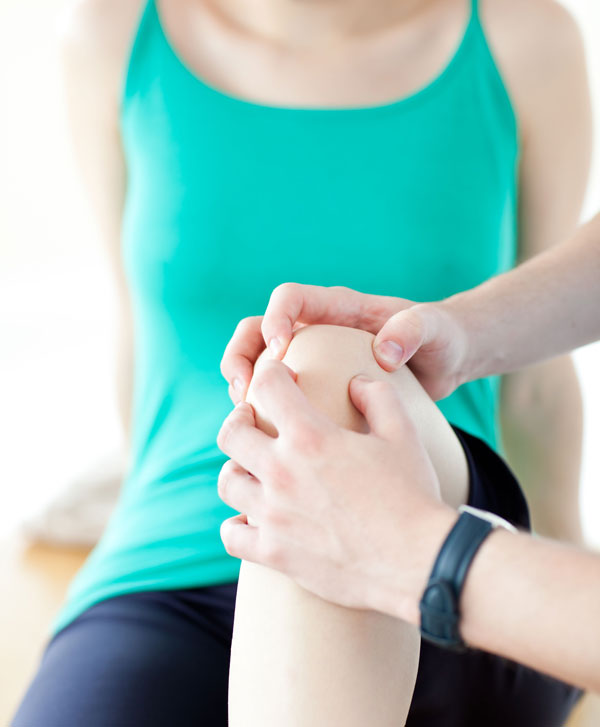Tips to prepare for surgery, and help aid recovery

Before surgery
Strengthen muscles that surround and support the knee. The Y has all sorts of options to help you work on knee strength, and Personal Trainers can help you find exercises that are pain free.
Focus on improving flexibility both in flexion (bending) and extension (extending). When your knee is swollen and painful it can be hard to think of using those muscles, but keeping your joints moving can make a world of difference in your overall mobility.
Try not to favor your sore knee. When you favor one over the other, you can create other issues like muscle imbalance. Since pain is your body’s signal to step back from an activity, this is a perfect time to seek out alternative activities that don’t aggravate the joint. Using the pool or trying other non-impact activities such as Group Cycle or Pilates are great.
Weight loss can help reduce the overall load that you place on your knees. The Y everything you need to help make that happen, including exercise, nutrition guidance and .
After surgery
You might work with a physical therapist—don’t give up on exercises after you are released. Y Personal Trainers are happy to work with you and your physical therapist to determine the best way to continue exercising post-therapy. We can adapt or modify the exercises for your workouts at the Y. Check in with Member Services at your local Y as soon as you are released so that we can help.
Work on balance and control to help improve endurance and stability around the joint. This can make a big difference in walking and taking the stairs.
Continue to strengthen supporting muscles and focus on flexibility. Nothing will hinder maximum mobility more than stiffness and weak muscles.
Incorporate exercises that strengthen your core. Our body does work as a whole, so in addition to focusing on the muscles that support the knee joint, work toward improving core strength.
Prevent future injuries. Another helpful tool would be to have an assessment to see if you are compensating, which might result in a future injury. Contact a Personal Trainer to schedule a time to meet.